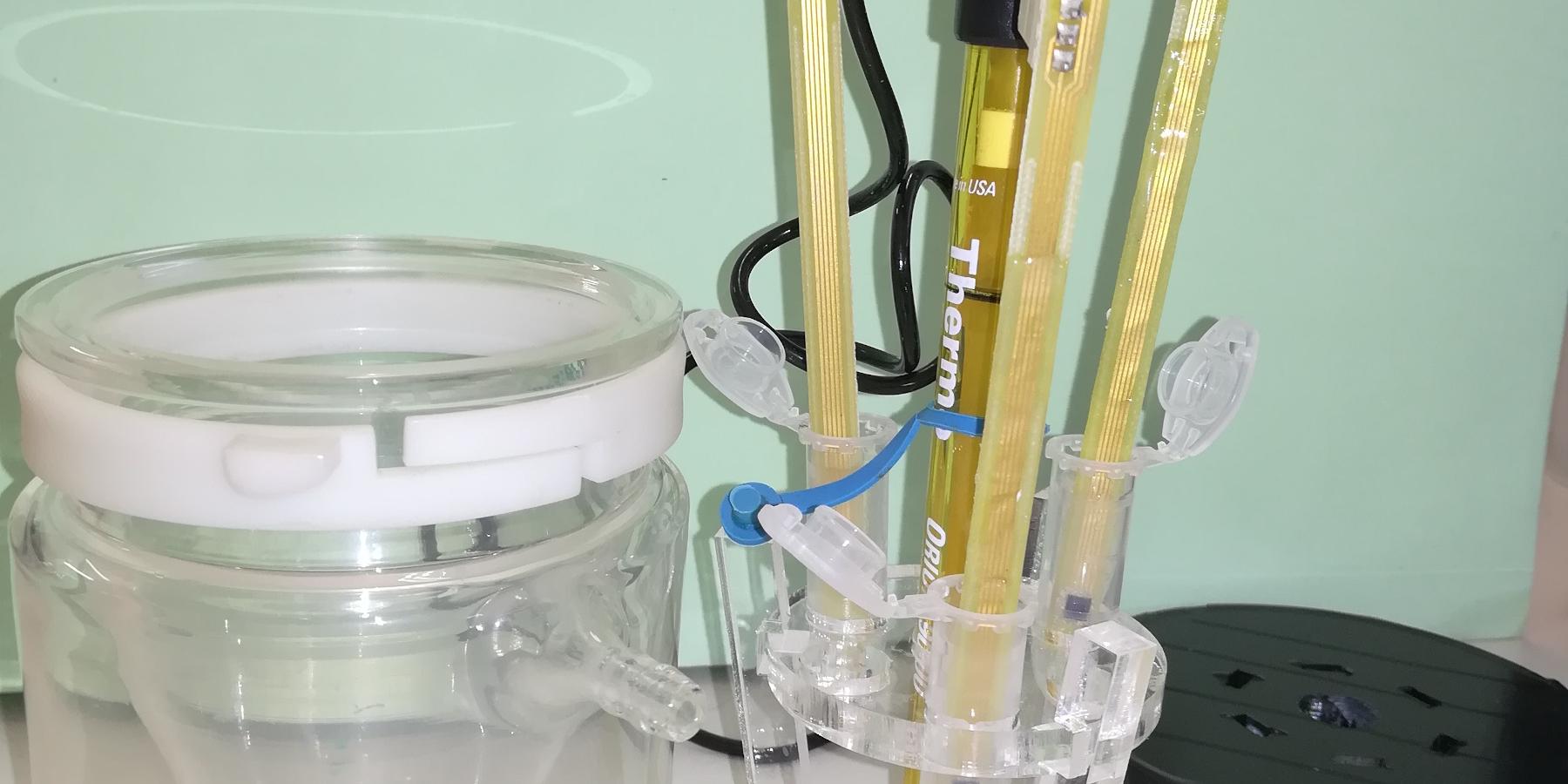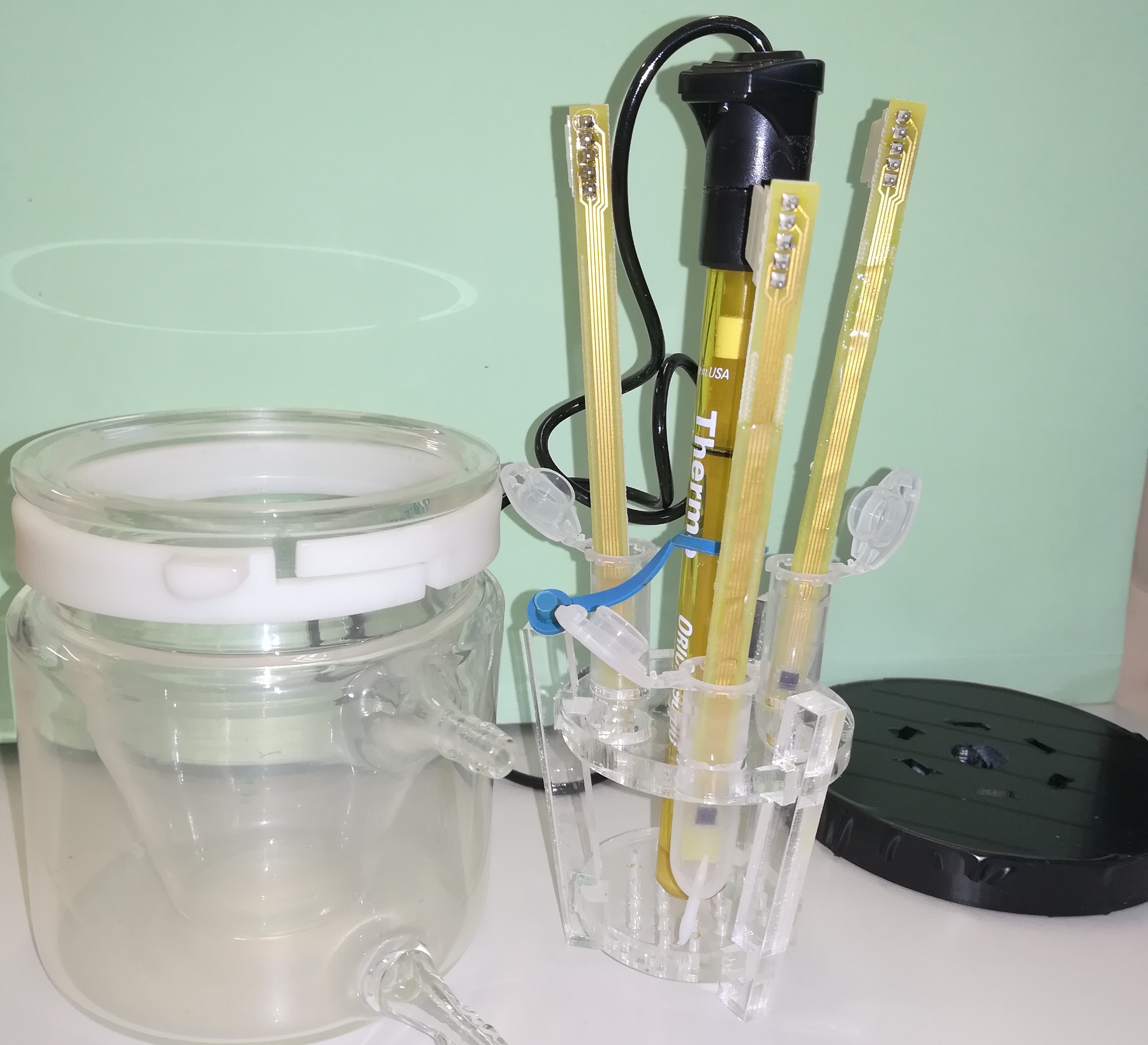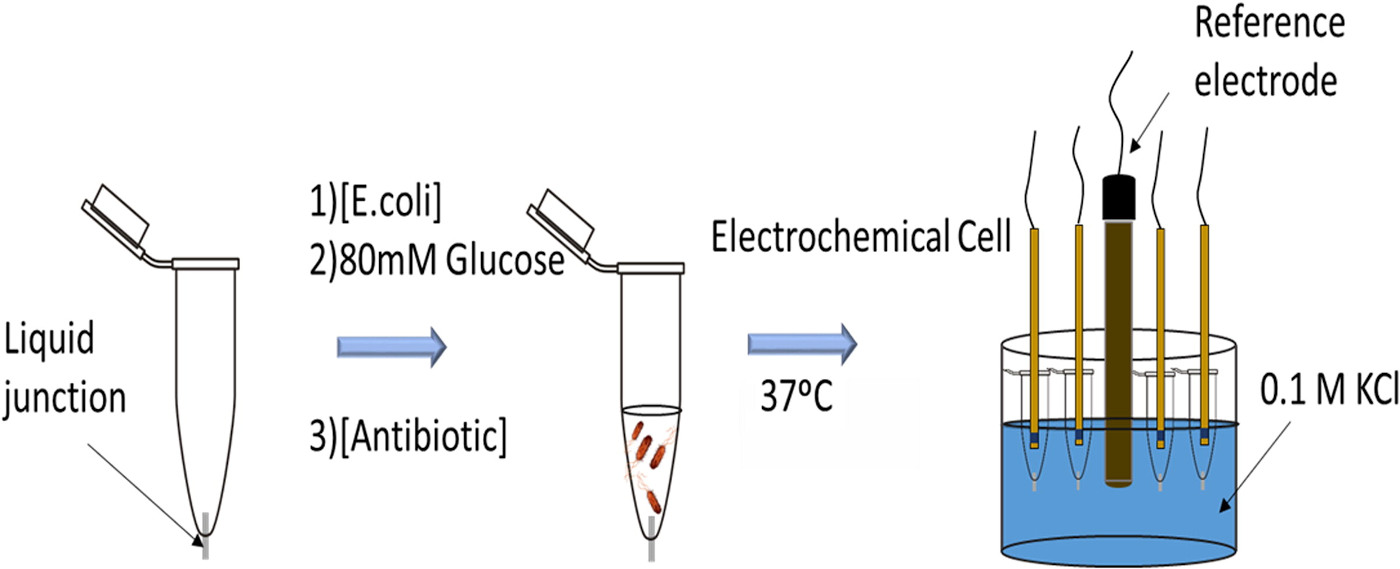Low-cost system for monitoring pH changes to evaluate the response to antibiotics
The study, published in Instrumentation Science & Technology, offers a low-cost analytical system with disposable sensors to follow the microbial metabolic activity.

A project led by the Institute of Microelectronics of Barcelona resulted in the development of a low-cost system providing an accurate measurement of bacterial antibiotic resistance for medical applications and environmental control. The study, published in the journal Instrumentation Science & Technology, offers a multichannel system with disposable sensors for the registration of pH changes in time bacteria caused by microbial metabolic activity.

“Antibiotic resistant bacteria are an important threat to human health in a medically saturated environment. Determinating the minimum inhibitory concentration, corresponding to the lowest concentration of antibiotic or antimicrobial reagent to prevent the bacterial growth, is essential to fix the dosage of required antibiotic for specific bacteria in personalized medical treatment”, explains Andrey Bratov, IMB-CNM researcher and corresponding author of the paper.
The system developed by the BioMEMS group, at the IMB-CNM of the CSIC, uses small size silicon chips covered with a thin layer of Ta2O5 (Tantalum oxide), employed as all-solid-state pH-sensors. The functionality of the system with these pH-sensors was confirmed by monitoring the response of Escherichia coli (E. coli), used as a model bacterium, to various antibiotics.
Predictions show that bacteria resistant to an antibiotic could cause more than 10 millions deaths per year during the next 30 years. The current methods to determine antimicrobial susceptibility require long operational times, expensive reagents or materials, large volume of samples, sophisticated experimental protocols. All these limit their application to get reliable information in the early clinical diagnosis in order to determine the required dosage of antibiotic in a fast and simple way.
“The system is formed by a thermostatic glass cell filled with outer 0.1 M KCl solution. Six 2 mL Eppendorf test tubes with individual liquid junction are placed in a glass cell with the outer 0.1 M KCl solution”, adds Bratov.

Potentiometric response of sensors in the tubes with bacteria samples is measured by a multichannel electrochemical interface versus common for all the channels conventional Ag/AgCl reference electrode situated in the outer KCl (Potassium chloride) solution.
This approach permits to eliminate the bacteria contact with the system components, other than the test tube and the sensor. As the last two are low-cost disposable components, the system cleaning and sterilisation may be discarded.
Cristina Ocaña, Sergi Brosel-Oliu, Natalia Abramova and Andrey Bratov are the BioMEMS members who sign the paper.
Cristina Ocaña, Sergi Brosel-Oliu, Natalia Abramova & Andrey Bratov (2021) Low-cost multichannel system with disposable pH sensors for monitoring bacteria metabolism and the response to antibiotics, Instrumentation Science & Technology, 49:3, 288-303, DOI: 10.1080/10739149.2020.1828097




